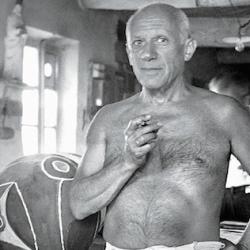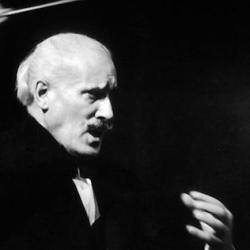Comparative literature is a standard discipline in our universities. Comparative arts is less familiar. Daniel Albright has written a treatise on comparative art in his recent Panaesthetics.
Debates about the unity and diversity of art have been common in Western thought. Albright thinks that the question is unanswerable since “the arts themselves have no power to aggregate or to separate – they are neither one nor many but will gladly assume the poses of unity or diversity according to the desire of the artist or thinker” (3-4).
Early on, he states four theses that guide his exploration, the first of which is that “anything is an artwork to the extent that it looks made.” This includes the Mona Lisa, but Albright wants to extend the term “art” to natural objects like the Matterhorn, which, he insists, appears to be “something intended, an act of will” that has meaning (4).
This meaning is not imposed by the spectator: “meaning presupposes an intention to mean within the thing itself: meaning is generated from the interaction of our minds with the intention that we imagine to have created the object we scrutinize. . . . Any meaningful object given to the senses is an artwork, and meaning exists when we perceive or intuit or feign the constitutive processes that brought a thing into being, and therefore brought a thing into relation with us” (4-5).
We can adjust our eye to that we view either the Matterhorn or the Mona Lisa as meaningless – a pile or rock, a pattern of paint. But that is “always an unmaking” (5). To find meaning in the world at all is to treat the world as a thing made made of things made.











